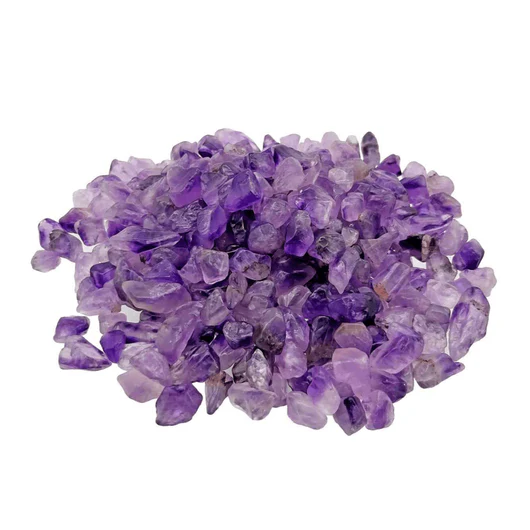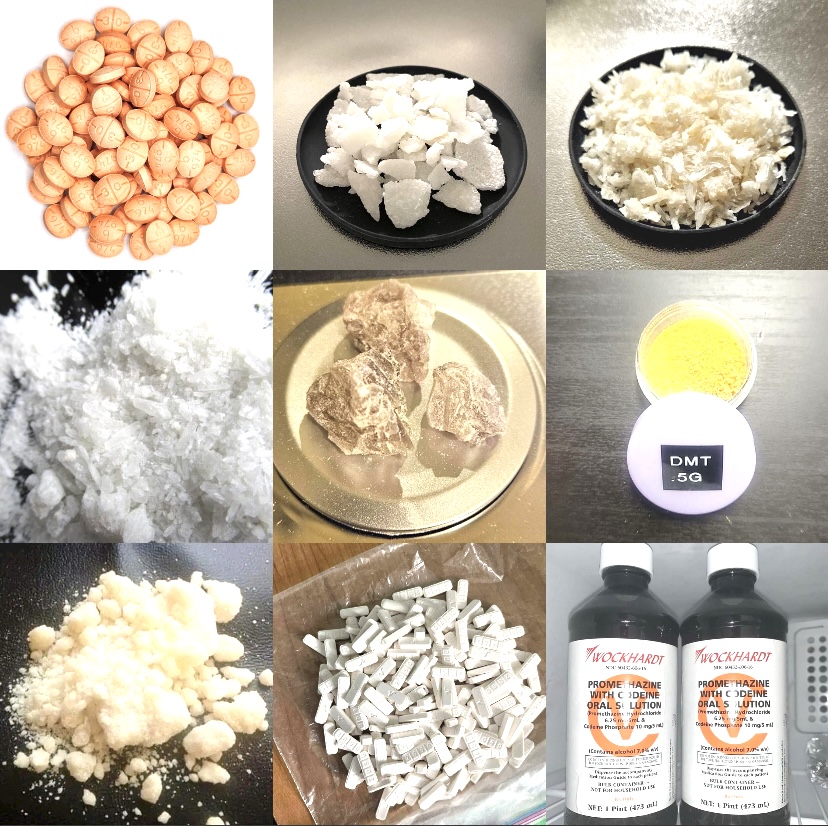Currently Empty: $0.00

Is MDMA Purple?
MDMA, commonly known as ecstasy or “E,” is a popular psychoactive substance used recreationally for its stimulating and empathogenic effects. One question that often arises is whether MDMA can be purple. This post explores the appearance of MDMA, its color variations, and the implications of consuming MDMA in different forms.
What is MDMA?
MDMA (3,4-methylenedioxy-methamphetamine) is a synthetic drug that alters the brain’s neurotransmitters. It leads to increased feelings of emotional closeness, heightened sensory perception, and euphoria. People commonly use MDMA in social settings such as parties and music festivals, seeking its mood-enhancing and energizing effects.
MDMA in Various Forms
MDMA is available in several forms, including:
- Pills or Tablets: Often stamped with logos or symbols, these come in various colors.
- Capsules: Encapsulated MDMA powder, sometimes mixed with other substances.
- Powder or Crystal: Pure MDMA in powder or crystalline form, commonly referred to as “Molly.”
Color Variations of MDMA
MDMA can indeed come in different colors, including purple. However, several important considerations accompany this:
- Pills and Tablets: MDMA pills can be found in many colors, including purple, due to added dyes. The pill’s color does not indicate the purity or strength of the MDMA inside.
- Crystalline MDMA: Pure crystalline MDMA is typically colorless or white. Slight color variations can occur due to impurities or additives but are rarely purple.
- Street Variants: MDMA sold on the street may be mixed with other substances, affecting its color. Pills might be dyed purple or other colors, depending on what’s been added.
Why Does MDMA Come in Different Colors?
The color of MDMA pills or tablets can be influenced by several factors:
- Manufacturing Process: Food-grade dyes and colorants added during production can create various colors.
- Adulterants: Other substances mixed with MDMA can change its final color.
- Street-Level Variability: Illegal MDMA can vary widely in appearance, including color, due to a lack of regulation and standardization.
Risks of MDMA and Color Misconceptions
It’s essential to understand that the color of MDMA does not reliably indicate its purity or safety:
- Purity and Quality: The color of MDMA pills or crystals is not a dependable indicator of purity. Pills can be adulterated with harmful substances.
- Testing and Safety: Users should test their substances using reagent testing kits to identify the presence of MDMA and check for common adulterants. These kits are widely available and can provide critical information.
- Health Risks: MDMA use carries risks such as dehydration, hyperthermia, serotonin syndrome, and potential long-term mental health effects. Awareness of these risks is crucial for making informed decisions.
Conclusion
MDMA can indeed be purple, especially in pill form that has been colored with dyes. However, the color does not provide reliable information about purity or safety. Individuals should exercise caution, use testing kits to verify MDMA contents, and be aware of the associated health risks.


